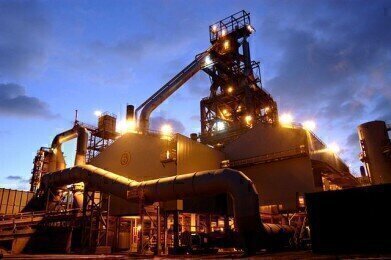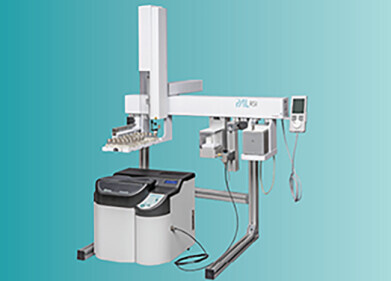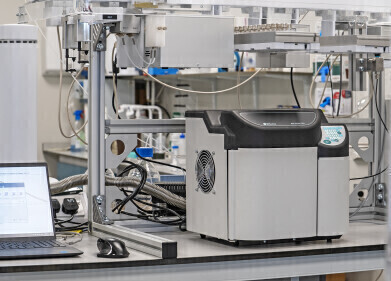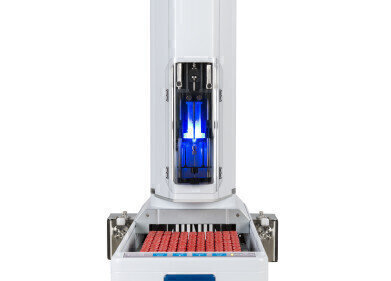Autosamplers
What Is Reaction Monitoring?
Jul 21 2015
Some of the main drivers in the chemical and pharmaceutical industry involve delivering new drugs in a timely and cost effective manner. This includes reducing costs in all parts of the drug delivery chain.
Knowing what is happening in real-time can help chemists to design and control the reactions in the process vessels — increasing product yields and purity and reducing side reactions and by-products — reducing the costs and risks associated with unexpected processes.
This is where reaction monitoring comes in, helping chemists deliver safe, cost effective and reliable processes.
Reaction monitoring
Reaction monitoring is a process that can be carried out during the research and manufacturing phases.
- During R&D, reaction monitoring can be used to optimize the process conditions.
- In the manufacturing process, reaction monitoring can help to make sure that the reaction is progressing as expected.
There are number of instrumental techniques used to monitor reactions, and as technology advances new techniques are being added to the list. Let’s take a look at some of the current techniques and also how changes in technology are impacting reaction monitoring instrumentation.
Instrumentation
Fourier-transform infrared spectroscopy (FTIR)
FTIR can be used in-situ to monitor changes in reactant and product concentrations by measuring the absorption of infrared light as time progresses. The reactants and products have to absorb in the infrared spectrum for the technique to be useful.
Ultraviolet-visible spectroscopy (UV-Vis)
Similar to FTIR, UV-Vis can measure reactant and product concentration over time but relies on absorbance in the UV-Vis spectrum. UV-Vis is useful in determining concentrations during some inorganic reactions, putting it at an advantage for some processes.
Nuclear magnetic resonance (NMR)
For organic compounds, NMR is the technique of choice to identify quickly and reliably exactly what has been made at each stage of the process — including any unexpected by-products. However, NMR has long been considered a specialist technique, requiring dedicated operators and rooms with high associated costs — large initial capital outlay and high ongoing maintenance and operating costs. This has limited its use as an instrument used to routinely monitor reactions — but that could be changing.
Recent technological advances have allowed benchtop NMR instruments to be developed. While this has been beneficial for lab-based organic chemists — it has also made benchtop NMR available for reaction monitoring on pilot and chemical plants — as discussed in the article, Applying Benchtop NMR Spectroscopy for Reaction Monitoring.
The ability to accurately monitor reactions is a goal for all chemists and pharmaceutical companies interested in manufacturing products in a timely and cost-effective manner. These are only a few of the techniques used — but they offer an insight into processes in real time, something not available with some other techniques.
Image By Grubb at English Wikipedia
Events
Apr 22 2025 Kintex, South Korea
Analytica Anacon India & IndiaLabExpo
Apr 23 2025 Mumbai, India
Apr 27 2025 Portland, OR, USA
May 11 2025 Vienna, Austria
May 18 2025 Tempe. AZ, USA














